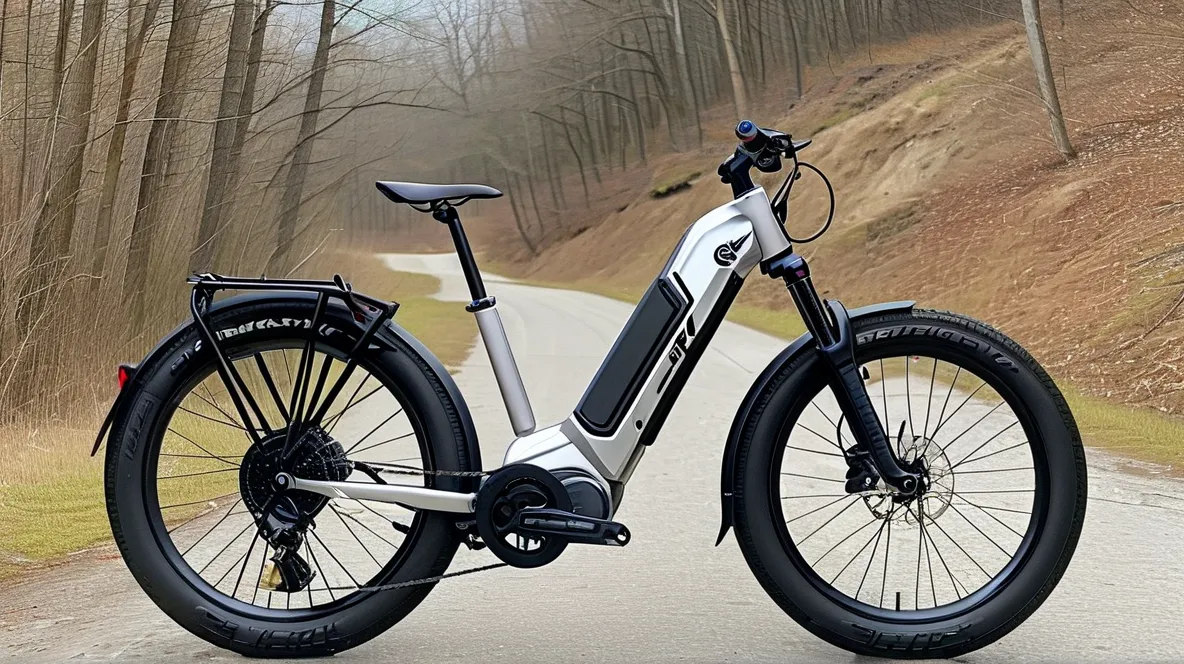Electric bikes have revolutionized urban commuting and recreational cycling, with Trek being a standout brand known for innovation and durability. While new models can strain budgets (the average Trek e-bike retails at $4,500-$8,000), pre-owned options offer significant savings without compromising quality. This guide reveals actionable strategies to navigate the secondhand market confidently, whether you’re a budget-conscious commuter or an eco-minded adventurer.
Why Choose a Used Trek E-Bike?
Trek’s reputation for engineering robust e-bikes makes them ideal candidates for pre-owned purchases. Models like the Allant+ and Powerfly series retain up to 70% of their value after three years, according to 2023 Bicycle Blue Book data. Key advantages:
– Cost Efficiency: Save 30-50% compared to new models
– Proven Reliability: Trek’s mid-drive Bosch motors average 10,000+ miles before needing service
– Sustainability: Reduce environmental impact through circular consumption
Where to Find Trustworthy Listings
Avoid sketchy deals by prioritizing these vetted platforms:
1. Trek Certified Pre-Owned Program: Factory-refurbished bikes with 1-year warranties (available at select Trek retailers)
2. Pinkbike Buy/Sell: Community-moderated marketplace with seller reviews
3. Local Bike Shops: Many offer trade-in programs and pre-purchase inspections
4. Facebook Marketplace Pro Tip: Filter for sellers with detailed service histories
Critical Inspection Checklist
Always verify these components before purchasing:
1. Battery Health
– Ask for original purchase date (Bosch batteries last 500-1,000 full cycles)
– Use Bosch’s free diagnostic app to check remaining capacity
2. Motor Function
– Test all assist levels under load (watch for inconsistent power delivery)
3. Frame Integrity
– Inspect for cracks near welds, especially on aluminum models
4. Service Records
– Prioritize bikes with dealer-maintained histories
Negotiation Strategies That Work
Arm yourself with data to secure better deals:
– Check residual values on BicycleBlueBook.com
– Factor in upcoming maintenance costs (e.g., $200-$400 for chain/cassette replacement at 2,000 miles)
– Use minor cosmetic flaws as bargaining chips (scratches don’t affect performance)
Smart Financing Options
Even used e-bikes qualify for these cost-saving programs:
– Cycle to Work Schemes: Save 25-40% through employer partnerships in the UK/EU
– REI Co-op Credit Card: 5% back on used bike purchases at REI stores
– Local Green Energy Grants: Some US municipalities offer e-bike rebates up to $1,200
Red Flags to Avoid
Walk away if you encounter:
– “Too good to be true” pricing (likely stolen or flooded bikes)
– Refusal to provide serial number (verify via Bike Index registry)
– Modified motor software (voids warranties and causes safety issues)
Post-Purchase Protection
Extend your investment’s lifespan:
– Register the bike with Trek’s warranty transfer program
– Replace wear items immediately:
» Brake pads ($25-$50/set)
» Tires ($40-$75 each)
» Chain ($20-$35)
– Join Trek Owner’s Group for free maintenance workshops
The average Trek e-bike owner rides 1,200 miles annually – enough to replace car trips while paying back your investment in 18-24 months through fuel savings. By combining strategic sourcing with informed inspections, you’ll secure a premium electric bike that delivers Trek’s renowned performance at half the cost of new models. Remember: Patience and due diligence separate great deals from money pits in the pre-owned market.
